Art & Exhibitions
Three Not-To-Miss Painting Shows in Venice During the Biennale
See great painting courtesy of Doig, Dansaekhwa, and Rousseau.
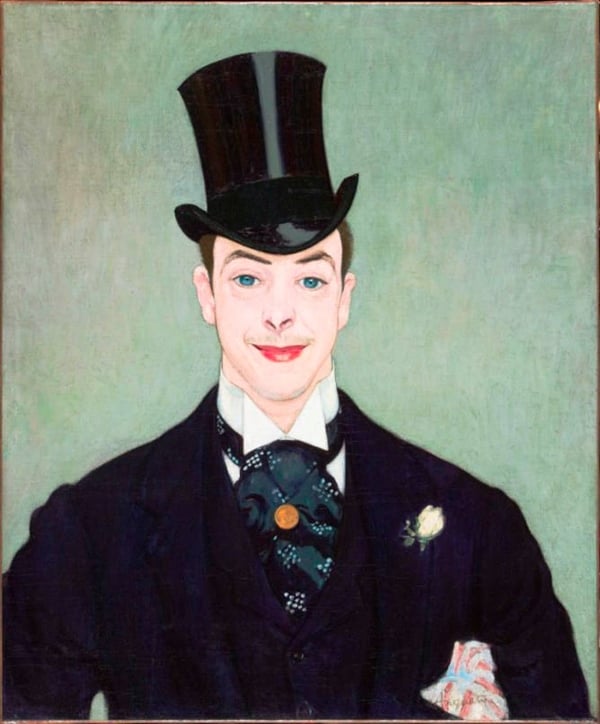
Photo: courtesy of Palazzo Ducale.
See great painting courtesy of Doig, Dansaekhwa, and Rousseau.

Christie Chu

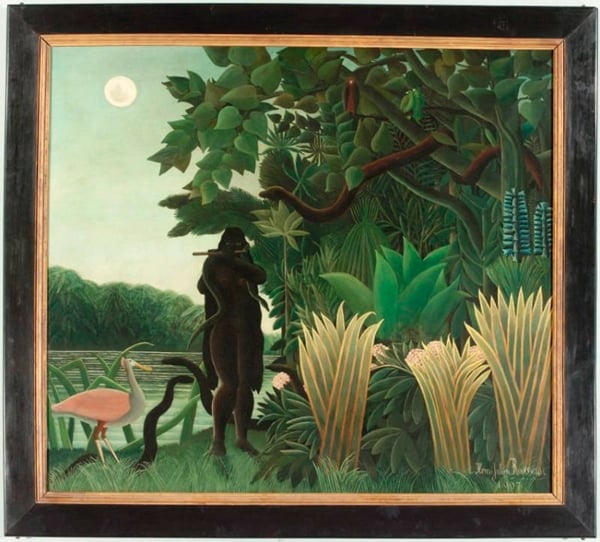
Henri Rousseau, La Charmeuse de Serpents (1907).
Photo: courtesy of Palazzo Ducale.
The Venice Biennale is on the tip of everyone’s tongue, but with all the frenzy surrounding the controversial exhibition (see Okwui Enwezor’s 56th Venice Biennale Is Morose, Joyless, and Ugly), there are three exceptional painting shows that are not to be missed.
If you’re in Venice and need a break from another reading of Das Kapital, we suggest you see the following: a solo show of Scottish painter and market favorite, Peter Doig’s new work; an exhibition with 40 Henri Rousseau paintings; and a major survey of Dansaekhwa works presented by Kukje Gallery at the Palazzo Contarini Polignac.
Many heavy-hitting collectors, influential curators, and top dealers have all praised Peter Doig’s landscapes for formal and conceptual innovation. The artist’s meteoric rise comes at no surprise (see Art World Report Card: the Meteoric Rise of Peter Doig). His collateral exhibition, held at the former home of artist Ettore Tito in Venice, reveals 14 paintings and six large-scale canvases. The Financial Times called this show “the most exciting new work in Venice.” Viewers will be able to take in “lush, saturated colours of the turquoise sea and cobalt skies, and dreamily floating figures… that fit the Venetian setting,” at Fondazione Bevilacqua La Masa.
In the next show of note, Henri Rousseau’s elegant canvases occupy space beside works of his predecessors, such as Francisco Goya, his contemporaries, such as Paul Cézanne and Paul Gauguin, and also those that followed him, such as Frida Kahlo and Diego Rivera.
The last show draws inspiration from traditional calligraphy, with works by artists such as Lee Ufan, Chun Sang-Hwa, and Park Seo-Bo, which are reinvigorated in the Italian setting of the Palazzo. Dansaekhwa, referred to as “the school of white,” is a term applied to a group of Korean master painters who rose to prominence in the ’60s and ’70s. Their spare, minimalist works betray an awareness of Abstract Expressionism, but also a strong connection to the rich tradition of Korean landscape art.
Although the two-dimensional artworks below are colorful and rich, the artists shown advance the idea that there is always more than meets the eye. As Dave Hickey writes in his book of essays, The Invisible Dragon, “There are issues worth advancing in images that are worth admiring—that truth is never plain.”
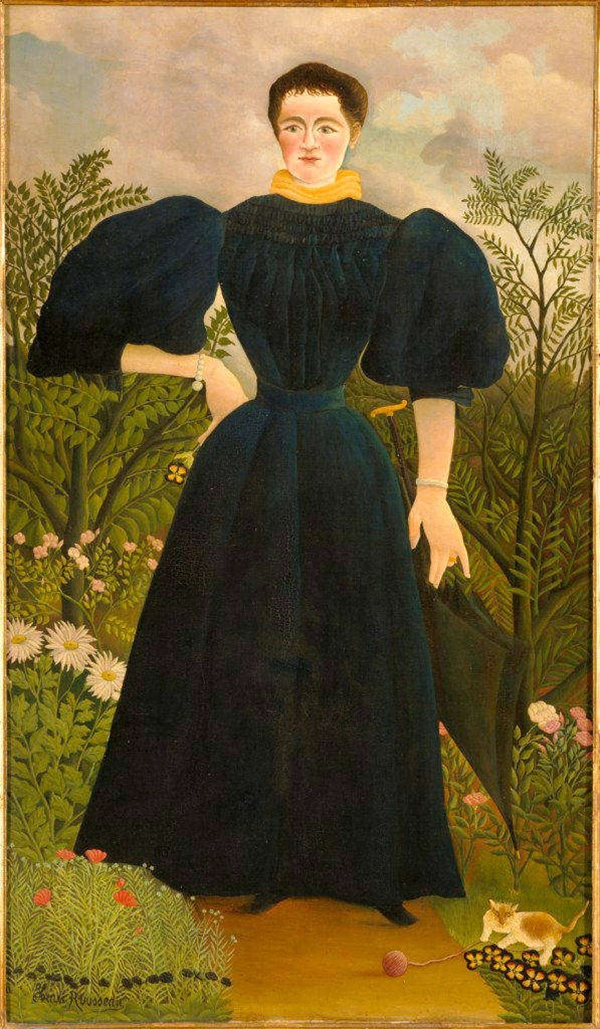
Henri Rousseau, Portrait de Madam M. (1895–1897).
Photo: courtesy of Palazzo Ducale.

Louis Anquetin, Henry Samary (1890).
Photo: courtesy of Palazzo Ducale.
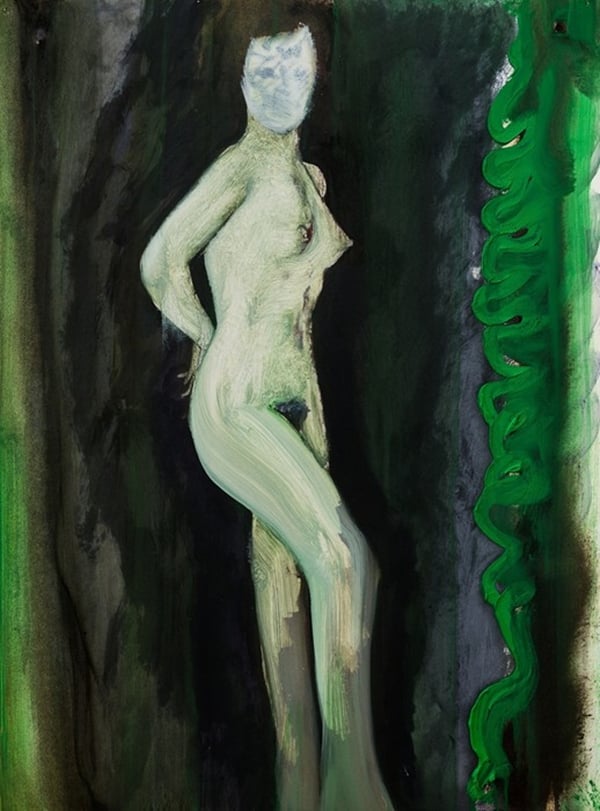
Peter Doig, Untitled (2014).
Photo: courtesy of Michael Werner Gallery.
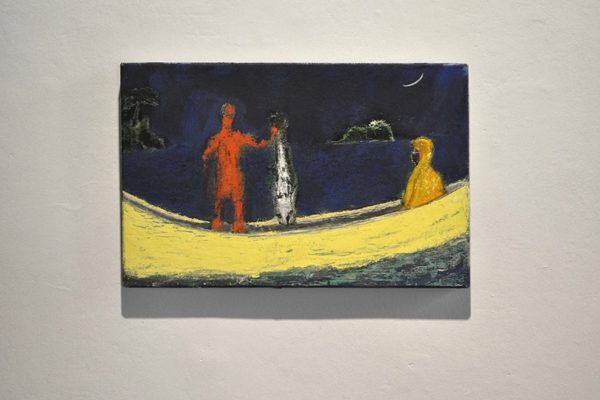
Peter Doig, Spearfisher (2015).
Photo: via Artobserved.
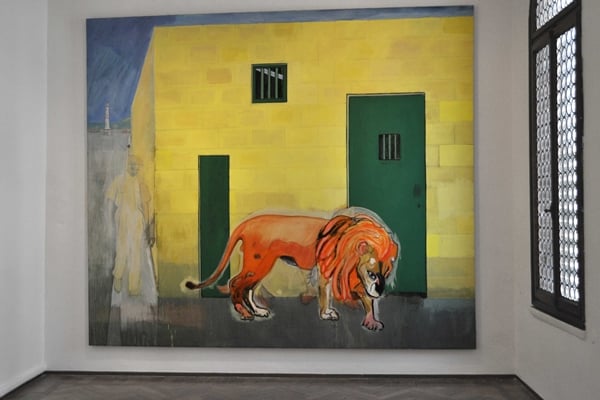
Peter Doig, Rain in the Port of Spain (2015).
Photo: via Artobserved.
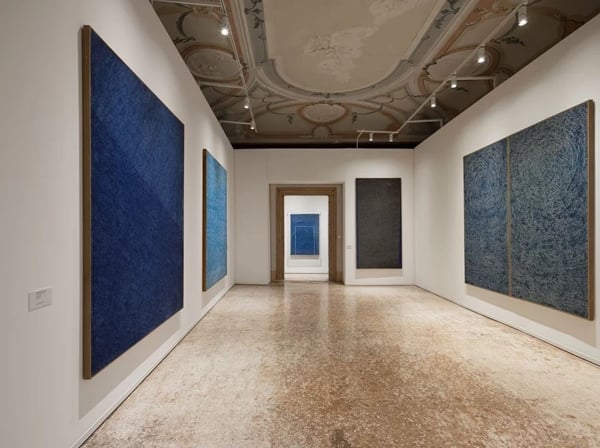
Installation View. Dansaekhwa, 2015. Photo by Fabrice Seixas. Image Provided by Kukje Gallery.
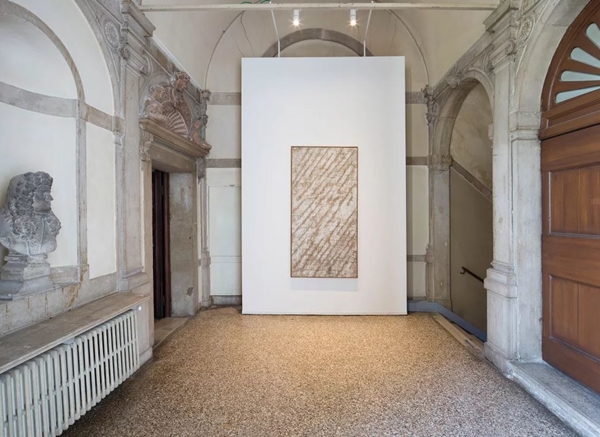
Installation View. Dansaekhwa, 2015. Photo by Fabrice Seixas. Image Provided by Kukje Gallery.
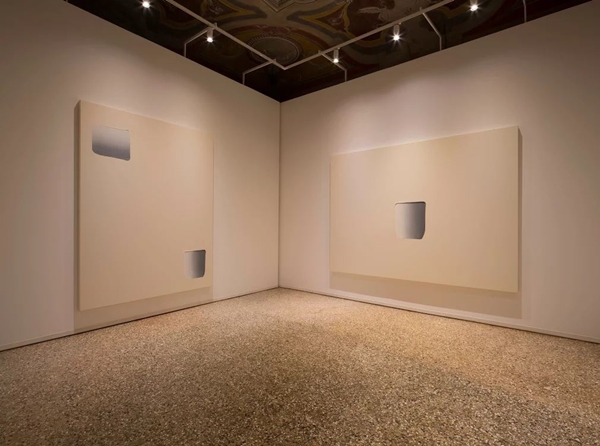
Installation View. Dansaekhwa, 2015. Photo by Fabrice Seixas. Image Provided by Kukje Gallery.
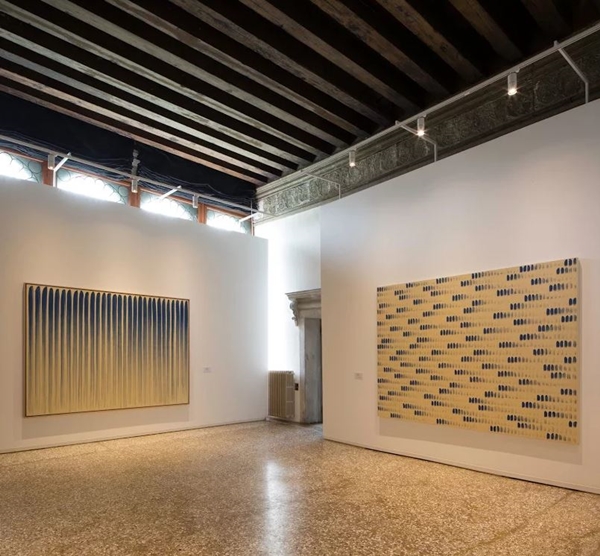
Installation View. Dansaekhwa, 2015. Photo by Fabrice Seixas. Image Provided by Kukje Gallery.
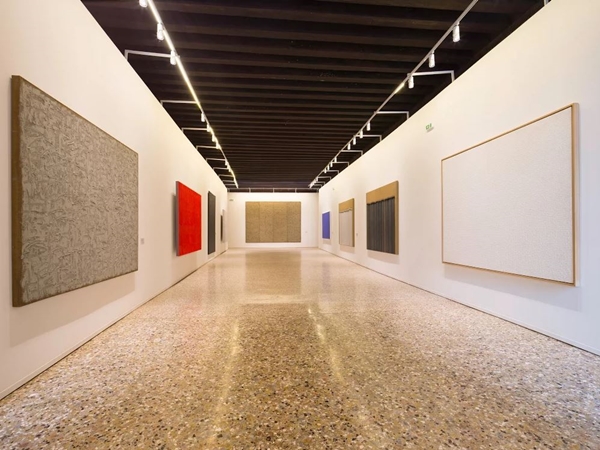
Installation View. Dansaekhwa, 2015. Photo by Fabrice Seixas. Image Provided by Kukje Gallery.